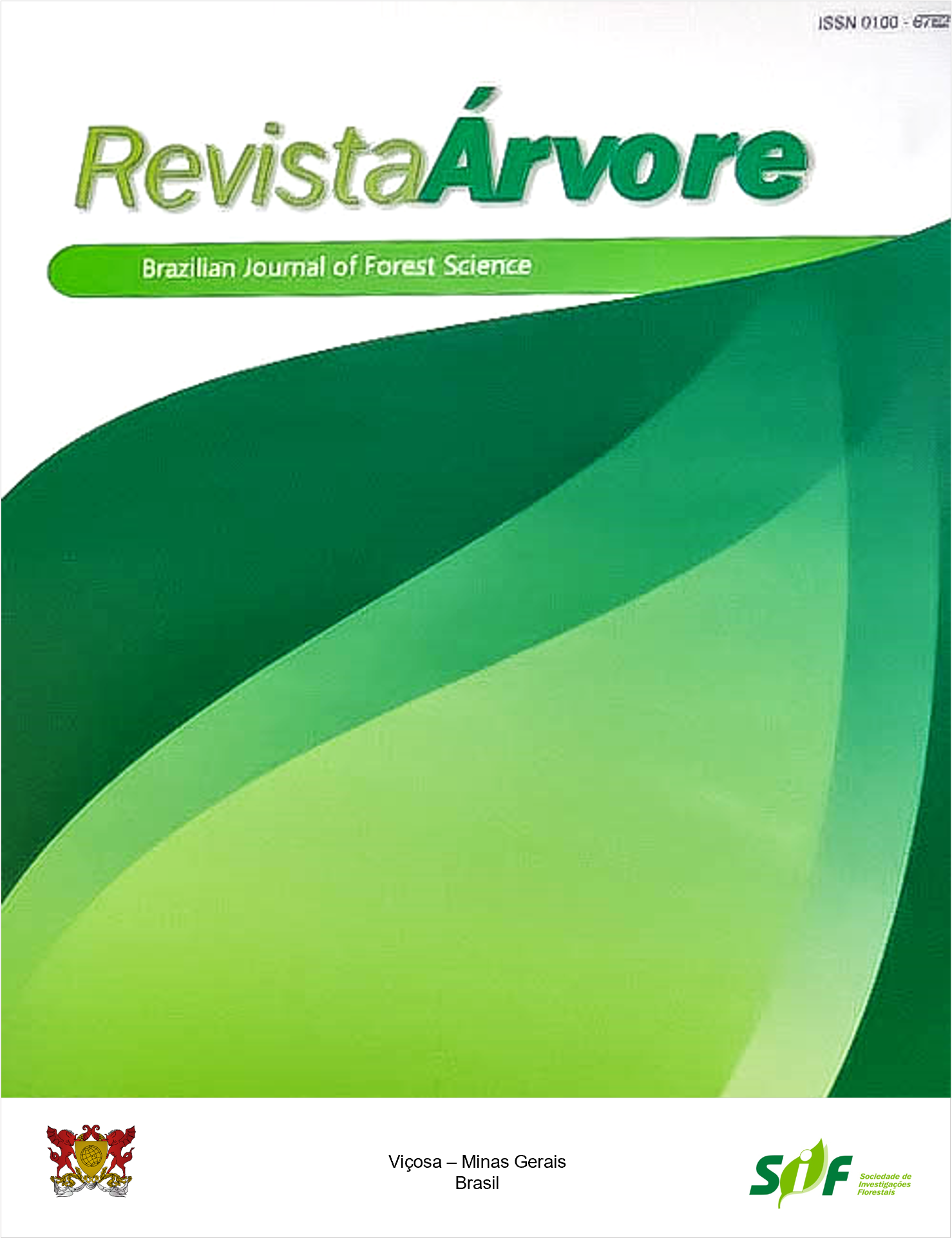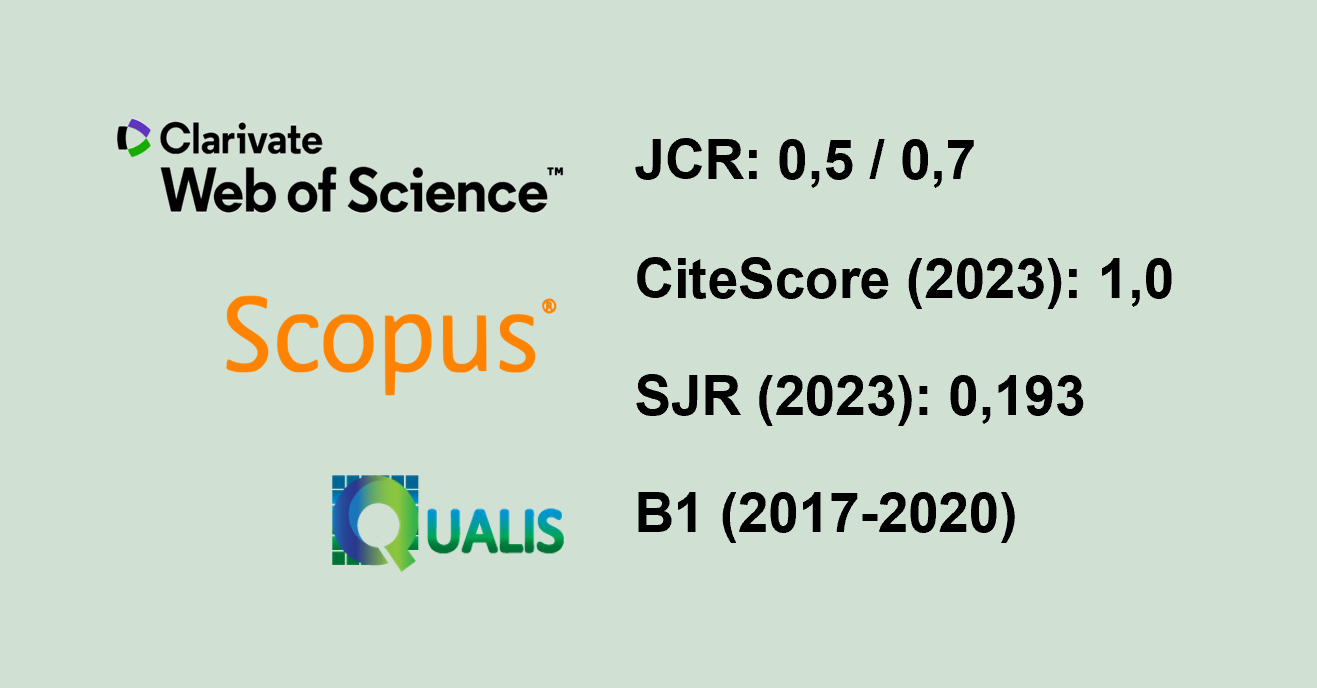WOOD SUPPLY OPTIMIZATION IN BRAZILIAN PULP INDUSTRY INVOLVING FORESTRY OUTGROWER SCHEME
Keywords:
Tactical Planning, Linear Programming, Forest Outgrower SchemeAbstract
The objective of this study was to identify the best regions for allocation of a forestry outgrower scheme, and the most efficient transportation system, using a mathematical programming model to minimize the wood supply costs in three Brazilian states. The forest outgrower scheme is a partnership between producers and forest companies, without land acquisition by the companies. Forest producers are recognized as an important source of growth for forest production. In order to achieve successful partnerships, the company needs to plan its hiring. In this study, the partnerships are made through formal contracts and the model does not allow breach of contract. Six scenarios were modeled and evaluated based on the total cost of the objective function, average wood cost (USD/m3), average transport distance (km) and processing time. The mathematical model showed its efficiency, effectiveness, and flexibility in generating scenarios to support company managers in the decision-making and to avoid breach of contract. Hiring planning benefits both sides as it ensures the company’s production and provides financial security to forest producers. In addition, the model suggests alternatives such as the differential pricing of wood according to the location of the regions and the formation of homogeneous blocks of contracting/renewal of outgrower schemes around the pulp mill.
Keywords: Tactical Planning; Linear Programming; Forest Outgrower Scheme
Downloads
Published
How to Cite
Issue
Section
License
Copyright (c) 2021 Revista Árvore

This work is licensed under a Creative Commons Attribution 4.0 International License.
All authors agreed to submit the work to Revista Árvore and granted the exclusive license to publish the article. The authors affirm that it is an original work and has not been previously published elsewhere. The scientific content and opinions expressed in the article are the sole responsibility of the authors and reflect their opinions, not necessarily representing the opinions of the editorial board of Revista Árvore or of the Society of Forest Investigations (SIF).




